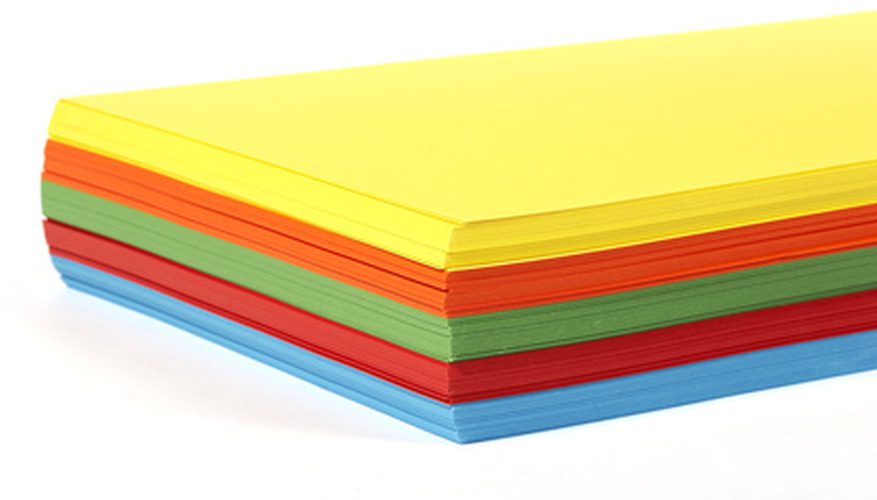Paper Weights
 The paper you choose for any given product will almost certainly impact the result, so it is important to take the weight and thickness of paper into consideration. Thicker paper stocks will usually show finer details better. Thinner papers tend to lose the details or have frayed edges where they’re cut. However, understanding paper weight and thickness can be confusing when there are so many available to you.
The paper you choose for any given product will almost certainly impact the result, so it is important to take the weight and thickness of paper into consideration. Thicker paper stocks will usually show finer details better. Thinner papers tend to lose the details or have frayed edges where they’re cut. However, understanding paper weight and thickness can be confusing when there are so many available to you.
Paper weight does not necessarily equate to paper thickness, but one does usually have an effect on the other. When shopping for paper, you will almost always have to choose by paper weight instead of paper thickness. There are several different forms of paper stock measurements, but the most common use of measurement in the U.S. is called the U.S. Basis Weight.
Coated vs Uncoated
When discussing the different kinds of paper stock, we will mention both coated and uncoated. Uncoated paper has a non-glare surface and is absorbent. It has nothing covering the natural fibers and easily soaks up ink. Coated paper has been covered with a hardened clay material so that it will better display text and images with sharper detail and denser color.
U.S. Basis Weight
U.S. Basis weight is based on the weight of one ream, or 500 sheets, of paper in its uncut size (17” x 22”) before it is cut down to legal size or letter size. Therefore, the weight measurement is by the pound and written as “lb” or “#”. If a paper is described as “60 lb” (or “60 #”), that means that one ream of that paper is 60 pounds. With this in mind, let’s look at the usual kinds of paper stock. They are generally categorized according to their quality, starting with the most basic first.
Bond and related stocks
Bond stock is traditionally an uncoated stock and is typically used for letterheads, photo copier and laser printer paper. The standard weight is 20lb., but ranges from between 16lb. and 24lb.
Writing stock is a grade similar to bond, but is made with a shorter fiber that results in a softer sheet. It generally accepts ink more readily and can be made with a variety of finishes. Writing stock is usually a bit more expensive than bond and is used for higher end applications like company stationery. Some bond and writing stocks have distinctive watermarks in the sheet.
Uncoated offset stock is a tougher paper and made specifically for the rigors of commercial offset presses, but can also be used for many of the same applications as bond.
Book Stock
Book stock can be used for a variety of different purposes, but in most cases, it is used commercially. It comes in both coated and uncoated stocks. Book stock has perhaps the widest variety of weights. They vary from a very thin 30lb. bible stock (used quite often for bibles), up to a maximum around of around 115lbs., which is most commonly used for posters, catalogues, booklets and publication magazines.
 Text Stock
Text Stock
In terms of quality, the next step up is “text stock”, which is often utilized for projects that require a better grade of paper. This is most notable in the touch. Text stock papers have a better feel that bond papers. They range from a low of around 60lb to a high of 100lb.
Bristol paper is made by laminating two sheets of text weight paper to form very stiff cover paper.
Cover and Index Stocks
Cover stock, as the name denotes, is heavier and often used for post cards, business cards, rack cards, door hangers etc. They can have variety of finishes, but are noticeable in their thickness. The ranges of weights for cover stock are from a low of 60lb. to a high of 130lb.
Index stock is not as common. It’s usually available in the same or heavier weights than cover stock, however it’s uses are similar to cover stock.
Return to the Tech Trends Newsletter

